Overall tone of voice
The style is ‘anti-stock image’ and highlights the use of authentic SDU images. Purchased photos can also be great and essential, but please avoid the clichéd ones. Find an original image instead. Our image style is clean, simple subjects without gimmicks and/or heavy image editing.
This subject was found in one of SDU's hallways.
Post processing
Regardless of subject or photographer, these are the guidelines for post-processing images: As a starting point, dim the colours in the image (set saturation to 66%). That is, unless the colour is a crucial part of the subject.
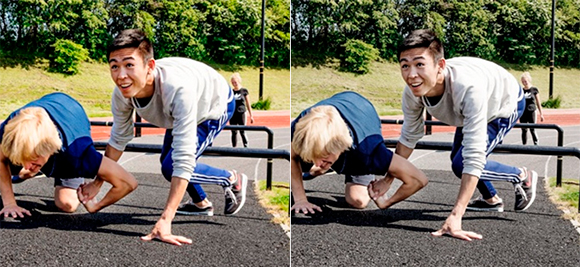
Before and after image processing.
The uniform colour saturation consolidates the image style across SDU's many platforms. From print to digital, from websites to social media.
Scenes
"People, moments being celebrated"
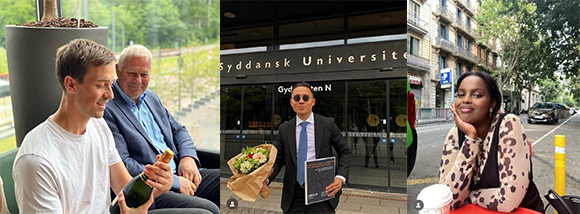
Style of photography
Nice portraits and close-ups rather than photos that are taken a bit randomly and do not show anything special.
"Snapshots taken spontaneously in the moment"

Style of photography
Non-photoshopped images in natural settings. The opposite of purchased stock photos, where it is clear that the scene is fabricated. If the people in the photos have chosen to pose, that's fine, but we should not feign situations that do not naturally occur.
"Concepts, items, methods and subjects"
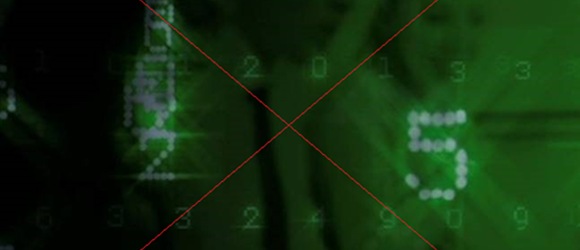
Style of photography
A stylistically beautiful image of, say, an ugly subject. As above, the subject can be whole figures, but it can also be parts of a body, a face, a machine or an animal. The synecdoche (a part for the whole) should create wonder and arouse curiosity, provided the image focuses on one subject in the foreground against a neutral background, rather than attempting to cram as much as possible in the image (see the green image at the top of the page).
"Typical university situations such as project work, exams, lectures, study start"
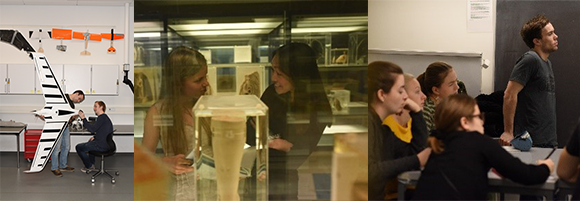
Style of photography
If the subject occurred naturally or was arranged, that’s fine. However, please avoid too many typical subjects of people smiling directly into the camera. Avoid subjects that do nothing but document that a man is writing on a blackboard, for example. If you can, find another way to depict blackboard and reading room situations. It is also good to highlight which concepts, products and materials the students are studying. Do this wherever possible.
"Buildings and surroundings"

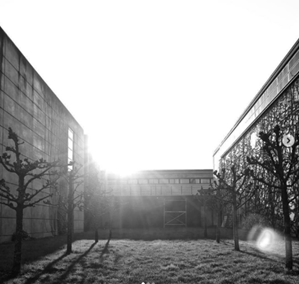
Style of photography
Feel free to find subjects at SDU that are either graphic or very scenic. All of SDU’s campuses have special architectural or interior design features, and these should be highlighted. Zoom in on particular details rather than including entire areas/buildings. Black and white photos are also good.
Photographers, rates and process
Recommended photographers:
For conceptual art images:
Lasse Bech Martinussen: http://lassebechmartinussen.com
Marie Hald: www.mariehald.com
Mitch Weisinger: mitch_wies@outlook.com. mitch_weis (Instagram)
Other excellent photographers:
Lars Skaaning: https://www.galeriget.dk/page3.html
Kasper Andersen FOTO: https://holycow.media/
Rates:
Rates vary, but as a general rule, the daily rate is between DKK 9,000 and DKK 13,000. This price covers the photography only. On top of this, the photographer typically has to pay for his/her equipment, which have been rented for the occasion. Finally, the photographer must be paid for the number of images he/she post-processes and submits. Here, too, rates may vary. DKK 3,000 per processed image is at the high end of the market, the low end being DKK 500-1,000.
Example of expenditure items for a comprehensive photo shoot. The list covers virtually all expenditure items. However, it is rare that all of these expenses come into play.
- Research day
- Number of shooting days
- Equipment rental
- Stylist, assistant and model fees
- Image post-processing
- Multiple versions of the same image, if requested
- Rights
- Board and lodging; transportation
It is a good idea to align your expectations with the photographer. Do you expect him/her to pitch ideas, develop the concept and freestyle during the shoots, or is he or she supposed to photograph pre-set/arranged situations? In any case, the concept should be done and dusted and the location and models found before the day of shooting. When the photographer arrives, s/he must be able to start shooting.

